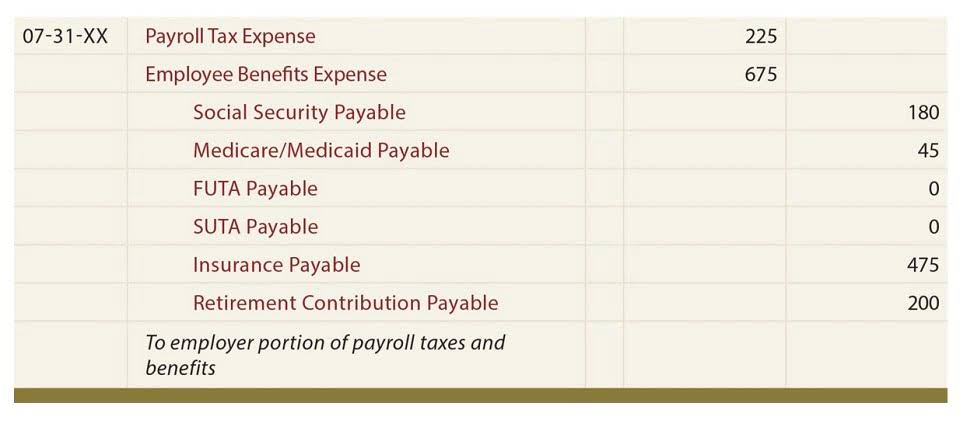
Determining the salvage value of an asset requires an understanding of various financial and market factors. To appropriately depreciate these assets, the company would depreciate the Outsource Invoicing net of the cost and salvage value over the useful life of the assets. If the assets have a useful life of seven years, the company would depreciate the assets by $30,000 each year.
Exponential Regression Calculator Easy Data Analysis
Determining the salvage value of an asset is a critical step in calculating depreciation for accounting purposes. However, this process is fraught with potential errors that can significantly impact financial statements and tax calculations. From overestimating the longevity of an asset to neglecting the influence of technological obsolescence, the pitfalls are numerous and varied.
Step 4: Include Title Costs
Common methods include the straight-line method, declining balance method, and units of production method. The choice of method often depends on the nature of the https://ted.plock.pl/2024/11/08/5-8-retained-earnings/ asset and the company’s accounting policies. In conclusion, calculating salvage value and scrap value is an integral part of managing depreciating assets. By employing the appropriate formulas and considering relevant factors, businesses can determine these values and make informed financial decisions. However, it is essential to review and update these estimates periodically to account for changing circumstances and market conditions.

How to Calculate the Salvage Cost of a Car

If an asset has a higher salvage value, the depreciation expense will be lower, as the cost basis for depreciation is reduced. Calculating the salvage value of an asset is a critical step in determining depreciation expenses for accounting purposes. It represents the estimated residual value of an asset at the end of its useful life. From an accountant’s perspective, the salvage value is essential for preparing accurate financial statements. Tax professionals, on the other hand, may view salvage value as a key factor in tax planning strategies, as it can influence the timing and amount of depreciation deductions. For business owners and financial analysts, understanding salvage value is crucial for investment decisions and forecasting future cash flows.
Insurance for Salvage Cars
Ask your insurance provider what percentage they use for their automobile salvage value calculation. It commonly is 75% of the ACV or market value, but the formula used by different companies may vary slightly. Use the purchase specification sheet if you have it from the time of purchase, or from the ownership papers to list all the extras on your car. You’ll need the year, make, model, mileage, and trim package, plus any extra equipment and add-ons.

Business Decisions
So, in such a case, the insurance company finally decides to pay for the salvage value of the vehicle rather than fixing it. We can also define the salvage value as the amount that an asset is estimated to be worth at the end of its useful life. Salvage value or Scrap Value is the estimated value of an asset after its useful life is over and therefore, cannot be used for its original purpose. Before diving into calculations, it is crucial to understand the basics of salvage value. Let’s delve into this topic from various perspectives, exploring its significance, calculation methods, and practical implications. Regular maintenance, upgrades, and proactive asset management can enhance salvage value.
Practical Example: ATSV in Capital Budgeting
- Typical junkyards may match that amount, but some will charge you that amount to haul your damaged chariot away.
- Whether it’s refloating a grounded vessel or dismantling an old freighter for parts, ship salvaging offers lucrative opportunities—but it’s not for the faint of heart.
- By following these best practices, you’ll make informed decisions that benefit your organization’s financial health.
- If unsure of an asset’s life, a company might use a shorter life estimate and a higher salvage value.
- This is often heavily negotiated because, in industries like manufacturing, the provenance of their assets comprise a major part of their company’s top-line worth.
- It is also known as scrap value or residual value and is used to determine the annual depreciation of an asset.
- When a company purchases an asset, first, it calculates the salvage value of the asset.
Should the repair costs exceed that value, or if the frame is bent and can’t be repaired for safe use, the car is deemed to be totaled. Depreciation and salvage value are two closely how to find salvage value related concepts in accounting that play a crucial role in asset management. Depreciation is the process of allocating the cost of a tangible asset over its useful life, reflecting the asset’s consumption, wear and tear, or obsolescence. On the other hand, salvage value is the estimated value of an asset at the end of its useful life.

- The asset’s useful life is also given, i.e., 20 years, and the depreciation rate is also provided, i.e., 20%.
- On the other hand, neglected or poorly maintained assets may have a reduced salvage value due to their diminished condition.
- The higher the salvage value of the asset, the less depreciation is deducted each year, which results in higher profits.
- Understanding and calculating the after-tax salvage value of an asset is essential for accurate financial reporting and strategic decision-making.
- B) Multiply the asset’s current book value by the depreciation rate each year.
- Regardless of the situation, the insurance company has to step in to determine the initial salvage value of your vehicle.
A higher net book value may enhance the asset base, which can be favorable when seeking financing. However, salvage value must remain realistic and compliant with accounting standards to avoid overstating asset values. This means that the computer will be used by Company A for 4 years and then sold afterward.

